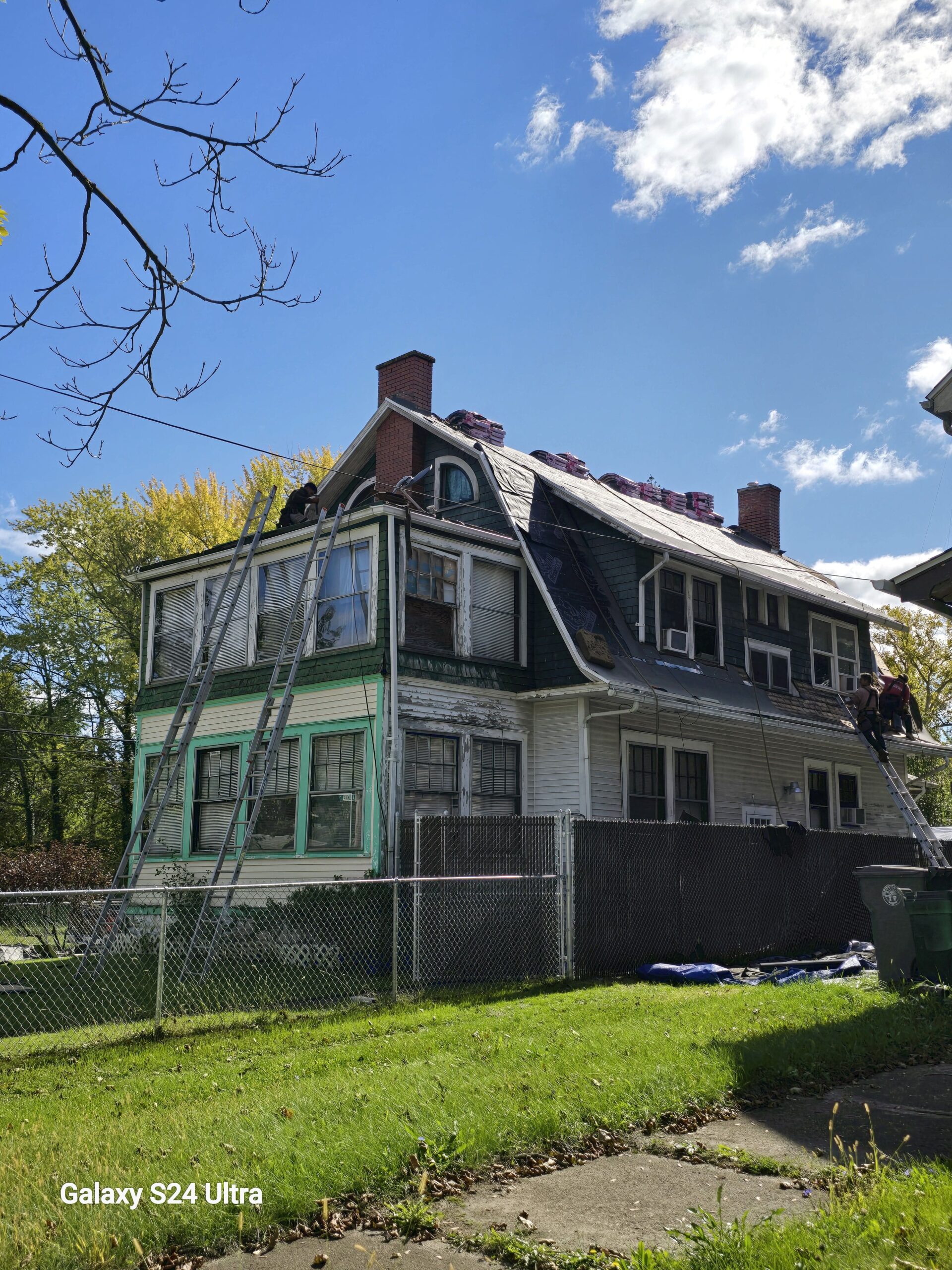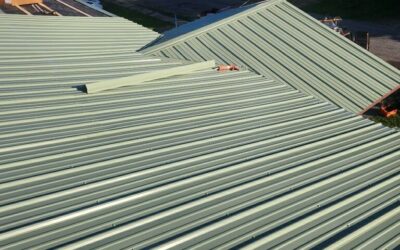SEO Blog: How to Deter Woodpeckers from House Siding: Effective Strategies and Tips
Meta Description: Discover proven strategies to deter woodpeckers from damaging your house siding. Learn about prevention methods, deterrent products, and how S&K Construction and Remodeling LLC can help homeowners in Northeast Ohio protect their homes.
If you’re hearing persistent tapping on your siding or noticing small holes in the exterior of your home, you may be dealing with a woodpecker problem. While woodpeckers are a vital part of our ecosystem, they can also be a significant nuisance for homeowners—especially when they target your home’s siding.
At S&K Construction and Remodeling LLC, we’ve worked with countless homeowners across Youngstown, Cleveland, Twinsburg, Lakewood, and other Northeast Ohio areas to repair woodpecker damage and prevent future issues. In this comprehensive guide, we’ll cover everything you need to know about deterring woodpeckers from house siding and protecting your home’s integrity.
Table of Contents
- Why Woodpeckers Target Siding
- Common Signs of Woodpecker Damage
- The Impact on Your Home
- Top Siding Materials that Resist Woodpeckers
- Effective Woodpecker Deterrent Strategies
- Long-Term Prevention Techniques
- When to Call a Professional
- S&K Construction and Remodeling LLC’s Solutions
- Final Thoughts
1. Why Woodpeckers Target Siding
Woodpeckers peck on siding for three main reasons:
- Drumming – to communicate or mark territory
- Foraging – to find insects beneath the surface
- Nesting – creating holes for shelter
Homes with wooden or synthetic wood siding are particularly at risk. If insects like carpenter bees or ants are present, that makes your siding even more attractive to these birds.
2. Common Signs of Woodpecker Damage
- Repeated tapping or drumming sounds
- Small, round holes in rows or clusters
- Chips or splinters around entry holes
- Bird droppings near the damaged area
Addressing these signs early is key to avoiding more serious structural damage and pest infestations.
3. The Impact on Your Home
Unchecked woodpecker activity can cause:
- Siding degradation
- Moisture infiltration leading to rot and mold
- Insulation damage
- Increased pest entry points
- Reduced energy efficiency
Over time, what starts as a small hole can become a major repair project.
4. Top Siding Materials that Resist Woodpeckers
Choosing the right siding material is your first line of defense:
Fiber Cement Siding
- Woodpeckers generally avoid this dense, insect-resistant material.
- Brands like James Hardie are known for their durability.
Metal Siding
- Aluminum and steel sidings are too hard for woodpeckers to penetrate.
Vinyl Siding (with Caution)
- Not as durable as metal or fiber cement but better than wood.
- May crack under pecking stress.
Engineered Wood
- Offers the look of real wood with added resistance.
- Still not as deterrent as cement or metal.
5. Effective Woodpecker Deterrent Strategies
Visual Deterrents
- Reflective tape – shines in the sunlight to scare birds
- Mylar balloons or pinwheels – move with the wind
- Predator decoys – owl or hawk statues placed near problem areas
Sound-Based Deterrents
- Ultrasonic devices that emit high-frequency sounds
- Motion-activated sound systems mimicking predator calls
Physical Barriers
- Netting or mesh – installed over the affected area
- Metal flashing – covers exposed siding spots
- Bird repellent discs – reflective surfaces mounted to spin and shine
Scent and Taste Repellents
- Some gels or sprays deter birds by scent or taste (safe for home use)
6. Long-Term Prevention Techniques
Eliminate Insect Infestations
- Hire pest control to eliminate carpenter bees, ants, or termites
- Seal cracks and crevices to prevent insect entry
Regular Siding Maintenance
- Inspect for signs of damage or wear
- Repaint and seal wood siding regularly
Install Alternative Nesting Boxes
- Provide woodpeckers with safe alternatives in nearby trees or poles
- Encourages nesting away from your home
Landscape Strategically
- Trim tree branches close to the house
- Use non-attractive trees and shrubs near the home’s perimeter
7. When to Call a Professional
If deterrents aren’t working or damage is already extensive, call a professional contractor or pest specialist. Siding repair and bird management may require permits depending on your municipality, especially since woodpeckers are federally protected under the Migratory Bird Treaty Act.
Our team at S&K Construction and Remodeling LLC can assess the extent of the damage, recommend the best siding solution, and coordinate with wildlife professionals if needed.
8. S&K Construction and Remodeling LLC’s Solutions
With years of experience serving Northeast Ohio, we offer:
- Siding repair and replacement from woodpecker damage
- Installation of resistant materials like fiber cement or metal
- Custom solutions for ongoing woodpecker deterrence
- Free estimates and consultations
We’ve helped clients in Chardon, Concord, Mayfield Heights, Beachwood, and Cleveland Heights safeguard their homes from these persistent pests.
9. Final Thoughts
While woodpeckers are fascinating creatures, they can wreak havoc on your home’s siding. The good news? There are many effective strategies for preventing and deterring their destructive behavior.
From installing woodpecker-resistant siding to using visual deterrents and maintaining your property, you have the tools to keep your home safe. And when in doubt, S&K Construction and Remodeling LLC is just a call away.
We’re committed to helping Northeast Ohio homeowners protect and preserve their homes with high-quality siding solutions and expert advice.
Ready to stop woodpecker damage for good? Contact us today for a free inspection and siding consultation.
Tags: Woodpecker Damage, House Siding Protection, Vinyl vs Fiber Cement, Bird Deterrents, Siding Contractor Youngstown, Pest Prevention, Exterior Home Maintenance, Siding Repair Cleveland, Siding Solutions Northeast Ohio
 (440) 307-2060
(440) 307-2060


